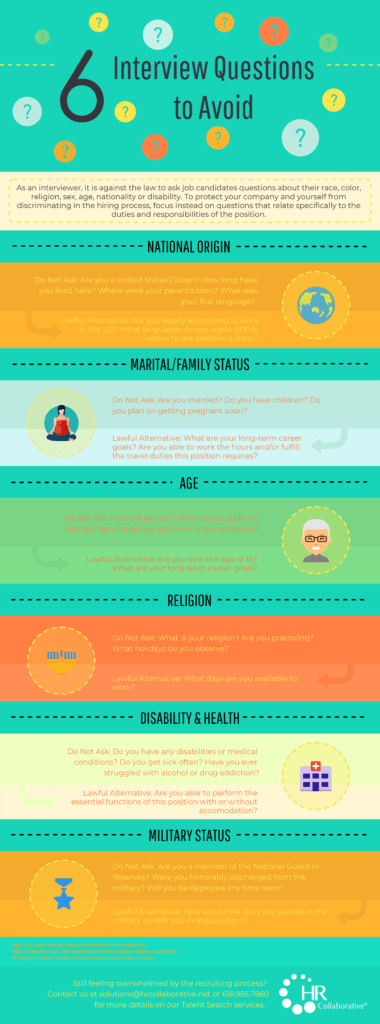How Leaders Can Start Addressing Mental Health in the Workplace
Written by: Greg Collette

The stresses of the pandemic have shone a light on mental health in the workplace. While many leaders know that it’s an issue they can’t ignore, few know how to approach the topic.
Luckily, leaders don’t need to worry about learning to be counselors, shares Kim LaMontagne, International Speaker, Corporate Trainer, and Author of It’s Ok to Not Be Ok. But they do need to learn how to destigmatize mental health in their organizations’ culture.
Watch our interview with Kim
Why is mental health in the workplace such a critical topic right now?
Mental health in the workplace is an urgent priority. There’s still so much stigma, shame, and discrimination around mental illness or mental health and wellbeing. People are still afraid to speak about it, yet more and more people are suffering.
I know that experience firsthand. I was a high performer in the workplace, suffering in complete silence. I thought I was the only person who was living with a treatable disease. It wasn’t until I started speaking openly and sharing my story that more and more people began to come forward and admit that they, too, suffer or live with a mental illness.
I’ve made it my commitment, it’s my passion, to help leaders normalize a conversation about mental health and create a place where employees feel safe speaking openly about mental health—a place where there is no fear of judgment, retribution, or job loss.
When it comes to mental health in the workplace, what are leaders not thinking about right now? What are they missing?
What they’re missing is that employees need to feel safe, seen, heard, and understood. And that it comes from the top.
But what’s missing is that human connection and illustrating to employees their leaders’ level of commitment to normalizing the conversation through investing in teaching how to create that culture where people feel safe speaking openly.
When employees engage in treatment after they’ve opened up, and they’re seeking treatment, and they’re getting better, they’re getting healthier.
That’s a positive thing for the employee, but we all know that a healthier employee is a more engaged employee as well. And when employees feel safe, safe enough to speak their truth and say, “I’m not okay, and I need your help,” it shifts the culture within an organization.
That shift can help increase employee performance, engagement, and that healthier employee could turn into a bigger asset within your organization.
What are a few simple ways that leaders can start taking action now?
Number one: recognize that many people could be living with undisclosed mental illness, substance misuse, or any other heavily stigmatized illness or disease.
Then, it is identifying how do you start to change your organization’s culture toward mental health.
Again, it starts at the top. It begins with the CEO asking, “How do I communicate to my employees that they matter? And that I am committed to decreasing stigma discrimination in the workplace?”
And then, “How do I identify those key signs and symptoms that employees may be displaying? And how do I teach all of our leaders what to look for and who to look for?”
Without training, seeing those signs can be difficult. I was a top performer my entire corporate career. It was my performance that hid the fact that I was suffering. So how do we teach our leaders to spot those chameleons in the workplace like myself?
In my corporate training, The 4 Pillars of Creating and Sustaining a Mentally Healthy Workplace Culture, I do not teach leaders how to become counselors. I teach them how to feel confident that they have the skills to identify people who need help to engage in a conversation with zero judgment and crosswalk them to the right resources that can allow them to step on the road to recovery. We must teach our leaders how to do that.
About Kim LaMontagne
Kim is an international speaker, trainer, author, and thought leader on mental health in the workplace. Her mission is to share her lived experience to teach leaders how to create a culture of safety in the workplace that empowers individuals to speak openly about mental health.
Interested in having Kim teach your leaders how to create a culture of safety in the workplace? Learn more about her 4 Pillars Corporate Training.
Our Most Recent Articles

Employers to Benefit from New Kinexus Group Acquisition of HR Collaborative
The team at Kinexus Group announced today that they have officially acquired HR Collaborative, a west Michigan-based, women-led community of fractional HR professionals, to meet unmet demand and to serve more employers than ever before.
































































































